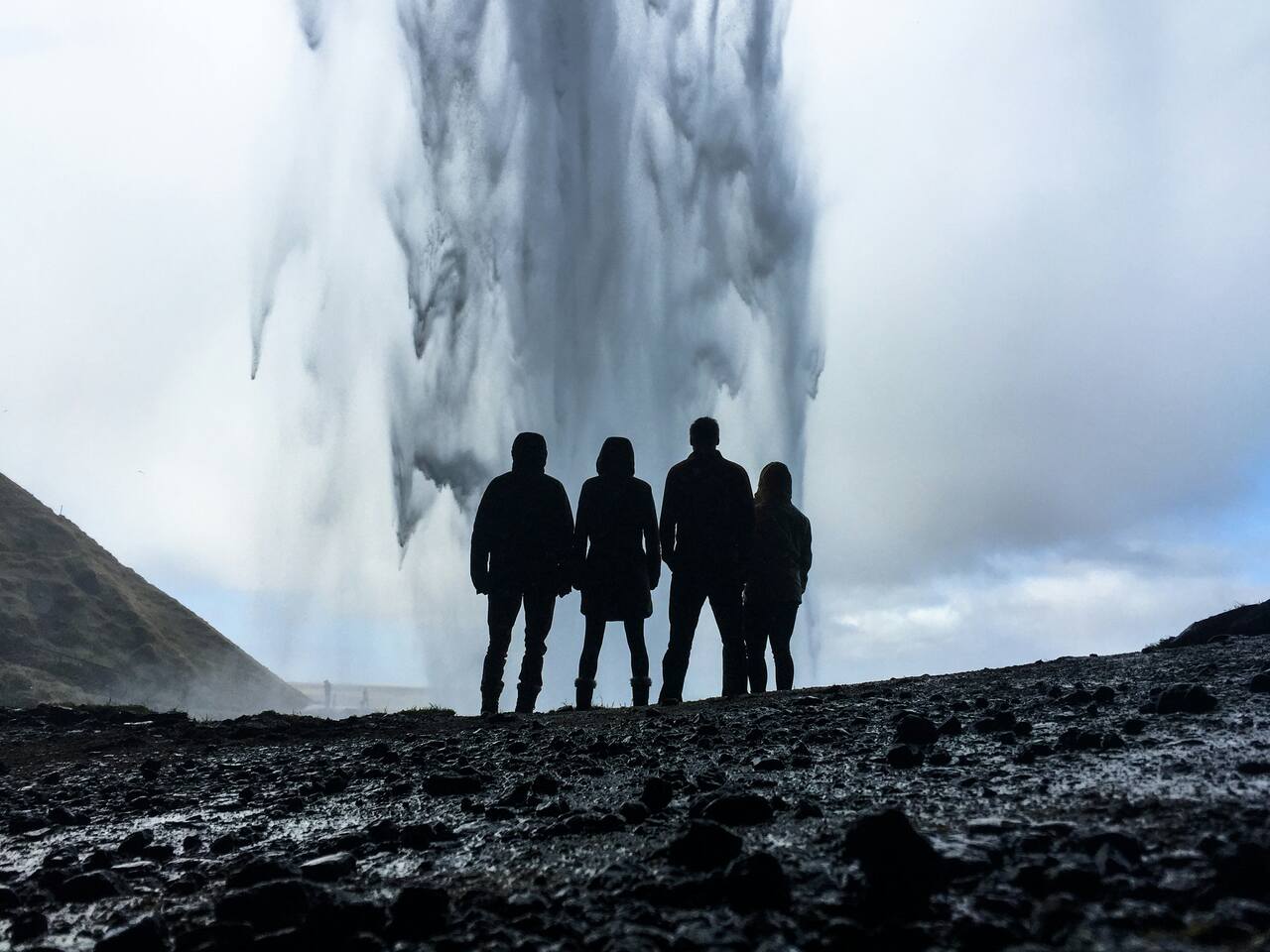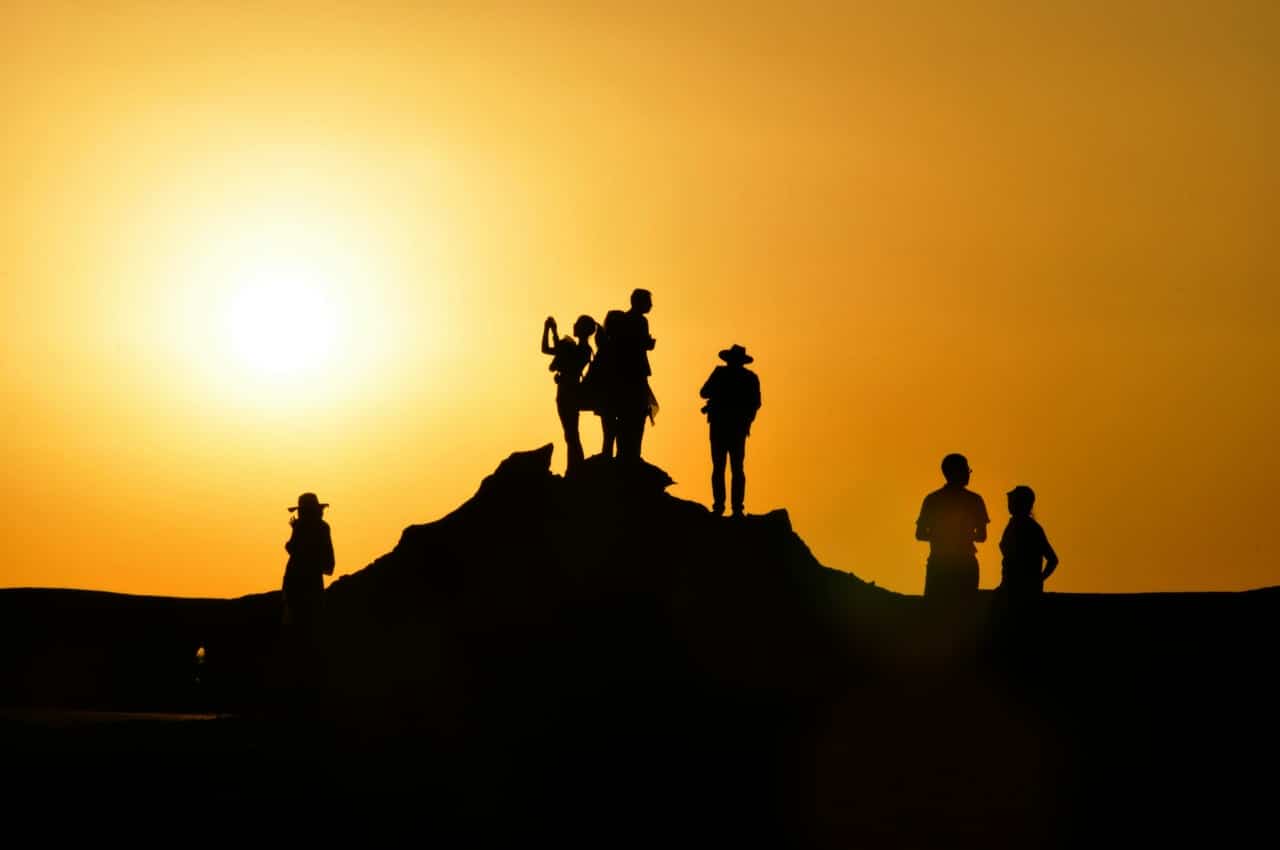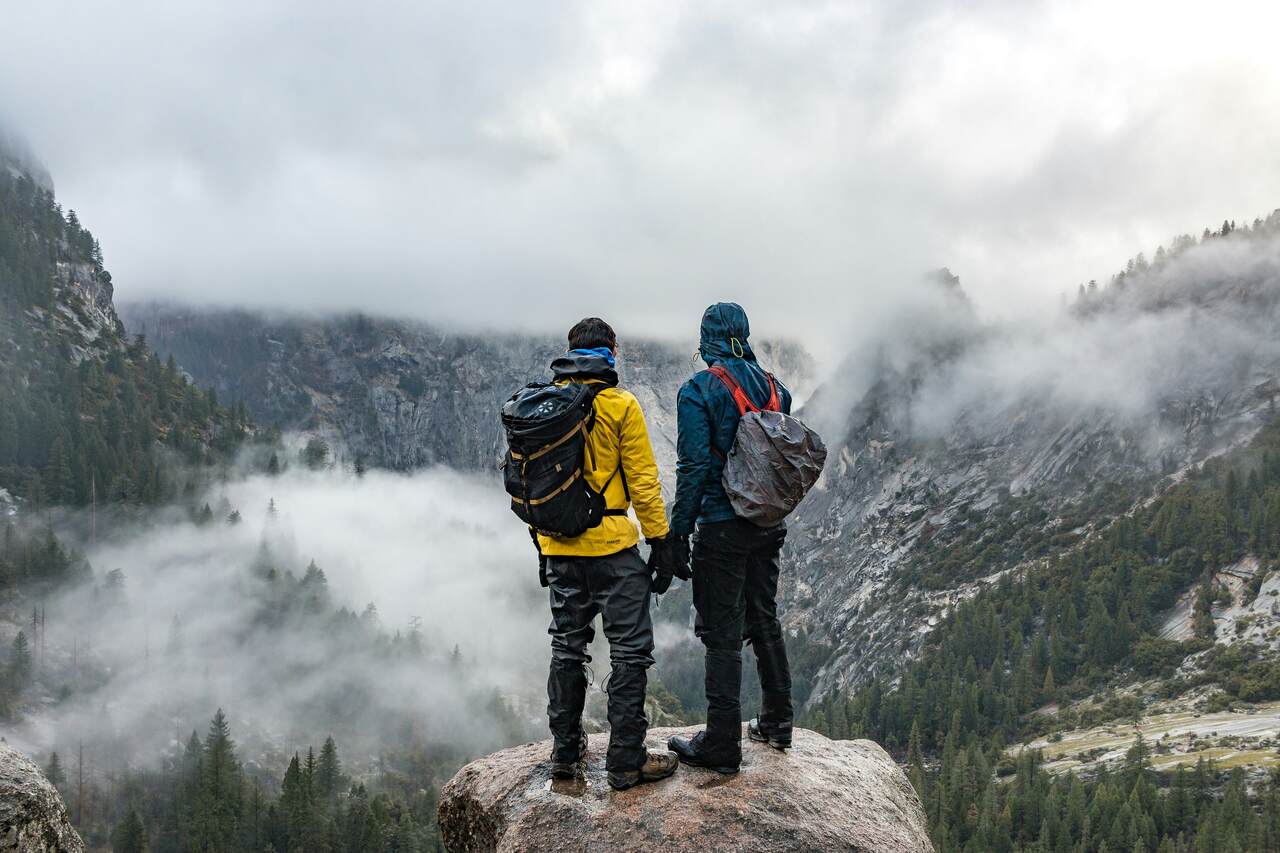
How Spanish Explorers Shaped The New World
DATE:
Ever wondered how a handful of brave souls changed the world forever? Imagine setting sail into the unknown, guided only by the stars, with dreams of new lands and untold riches. This was the life of Spanish explorers during the Age of Exploration, a time when the world was larger and full of mystery. These daring adventurers, often referred to as famous Spanish conquistadors, were instrumental in expanding the Spanish Empire and reshaping global history. Let’s embark on a journey to meet some of these legendary figures and explore their incredible feats.
Christopher Columbus: The Explorer Who Opened the Door to the Americas
The Voyages of Columbus
Christopher Columbus, a name synonymous with exploration, embarked on his most famous journey in 1492. With the support of King Ferdinand and Queen Isabella of Spain, Columbus set out to find a new route to Asia but instead stumbled upon the Americas. His voyages, which included four separate trips across the Atlantic, were pivotal in opening the door to the New World.
The Encounter with the New World
Columbus’s encounter with the New World marked the beginning of the Spanish colonization of the Americas. He explored parts of the Caribbean, including modern-day Bahamas, Cuba, and Hispaniola. While he believed he had found a new path to Asia, Columbus’s voyages ultimately led to the widespread awareness of the American continents in Europe, setting the stage for future exploration and conquest.
DID YOU KNOW…?
Columbus initially named the island of Hispaniola “La Isla Española,” which later evolved into the name “Hispaniola.”
Hernán Cortés: The Conqueror of the Aztec Empire
The Conquest of Tenochtitlán
Hernán Cortés is best known for his conquest of the Aztec Empire. Arriving in Mexico in 1519, Cortés formed alliances with local tribes who were enemies of the Aztecs. His march to Tenochtitlán, the heart of the Aztec Empire, was a mix of diplomacy, treachery, and warfare. The fall of Tenochtitlán in 1521 marked a significant victory for Cortés and a devastating blow to the Aztec civilization.
The Impact on Aztec Civilization
The conquest of the Aztec Empire had profound effects. It not only expanded the Spanish Empire but also led to the collapse of a sophisticated indigenous civilization. The Spanish imposed their culture, language, and religion on the Aztecs, fundamentally altering the region’s social and cultural landscape. This era marked the beginning of extensive Spanish colonization in the Americas.
QUICK TIP…
For a deeper understanding of Cortés’s strategies and the conquest of the Aztec Empire, consider reading “Conquest: Montezuma, Cortés, and the Fall of Old Mexico” by Hugh Thomas.

Francisco Pizarro: The Conqueror of the Inca Empire
The Capture of Atahualpa
Francisco Pizarro, another prominent figure among famous Spanish conquistadors, set his sights on the Inca Empire in South America. In 1532, Pizarro captured Atahualpa, the Inca emperor, in a cunning ambush at Cajamarca. Despite a hefty ransom paid in gold and silver, Pizarro executed Atahualpa, effectively decapitating the leadership of the Inca Empire.
The Fall of the Inca Empire
Following Atahualpa’s execution, Pizarro and his forces marched on the Inca capital of Cusco, capturing it with relative ease. The fall of the Inca Empire added vast territories and immense wealth to the Spanish Empire. Like the Aztecs, the Incas experienced profound cultural and societal upheavals due to Spanish colonization.
Vasco Núñez de Balboa: The Discoverer of the Pacific Ocean
Crossing the Isthmus of Panama
Vasco Núñez de Balboa is celebrated for being the first European to reach the Pacific Ocean from the New World. In 1513, Balboa crossed the Isthmus of Panama, enduring dense jungles and treacherous terrain. His sighting of the vast Pacific Ocean was a monumental discovery, opening new routes for exploration and trade.
Claiming the Pacific Ocean for Spain
Upon reaching the Pacific Ocean, Balboa claimed it and all its shores for the Spanish Crown. This discovery was crucial in establishing Spain’s maritime dominance and expanding its influence across the globe. Balboa’s journey highlighted the determination and resilience of Spanish explorers during the Age of Exploration.
DID YOU KNOW…?
The Isthmus of Panama, crossed by Balboa, later became the site of the Panama Canal, an engineering marvel that connects the Atlantic and Pacific Oceans.
Juan Ponce de León: The Explorer in Search of the Fountain of Youth
Exploration of Florida
Juan Ponce de León is often associated with his quest for the legendary Fountain of Youth. In 1513, he led an expedition that landed on the east coast of what is now Florida, a name he bestowed upon the region due to its lush, floral landscape. Ponce de León’s explorations extended the Spanish Empire’s reach into North America.
The Legend of the Fountain of Youth
While Ponce de León never found the Fountain of Youth, his expeditions contributed to the myths and legends that surround early Spanish exploration. His travels in Florida paved the way for further Spanish incursions into the southeastern United States, leaving a lasting legacy on the region’s history.

The Legacy of Spanish Explorers
The exploits of these famous Spanish explorers during the Age of Exploration were instrumental in shaping the modern world. Their journeys led to the discovery of new lands, the expansion of the Spanish Empire, and significant cultural exchanges—often at great cost to indigenous populations. From Columbus’s groundbreaking voyages to Ponce de León’s mythical pursuits, these explorers left an indelible mark on history.
Interested in diving deeper into the rich history of Spanish exploration? SpanishVIP offers a unique opportunity to learn more through personalized classes. Start with a free 1:1 class or enjoy a free 7-day trial of our group classes and discover the fascinating stories of the past with the guidance of dedicated teachers and the support of our student success advisors.








